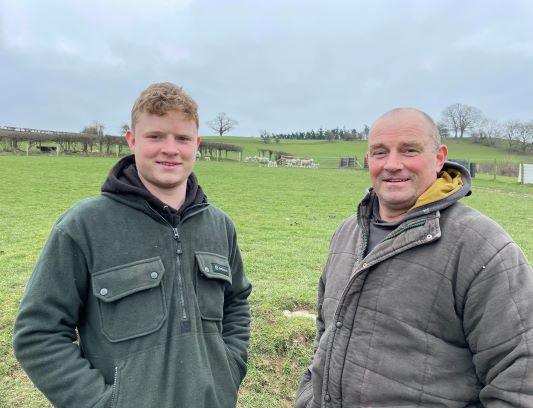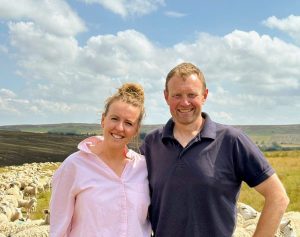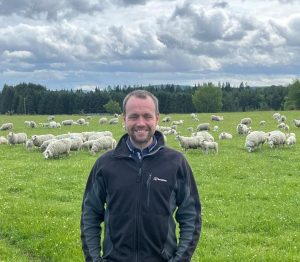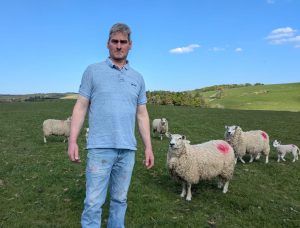with thanks to Gary Orrells and family, Maesderwen, Abermule, as featured in NSA Sheep Farmer April / May 2023.
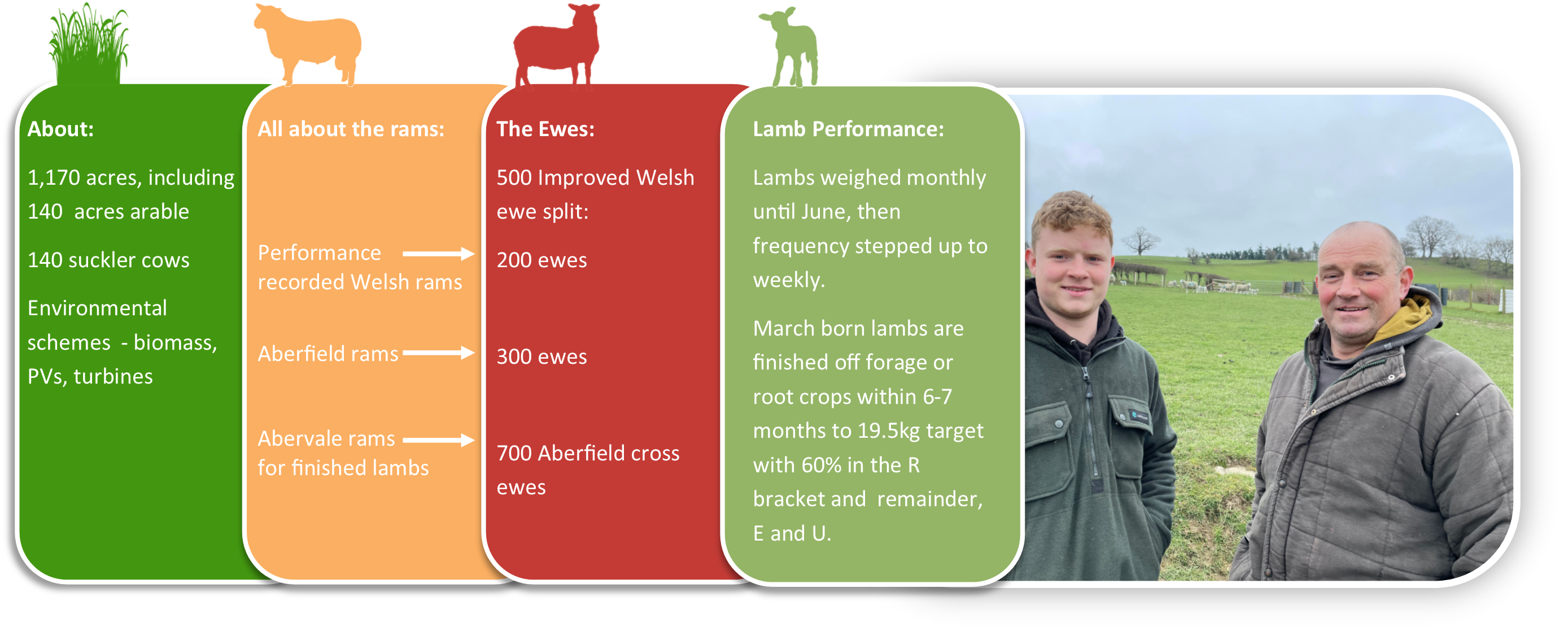 Sheep definitely have a future as an integral part of a mixed faming business under the new regimes, says Gary Orrells. “Our ewes and lambs are consistently delivering a high level of performance efficiency on our forage-based unit, and its thanks to our Innovis genetics which are providing the anchor stone and enabling us to establish closed flocks.
Sheep definitely have a future as an integral part of a mixed faming business under the new regimes, says Gary Orrells. “Our ewes and lambs are consistently delivering a high level of performance efficiency on our forage-based unit, and its thanks to our Innovis genetics which are providing the anchor stone and enabling us to establish closed flocks.
“Aberfield cross Welsh ewes bred from our performance recorded Welsh flock are normally consistently scanning over 190% and rearing 180% to 185%, however, due to the 2022 dry conditions, scanning rates fell to 180%. We cross the ewes to the Abervale to produce finished lamb for Pilgrims/Waitrose; March born lambs are finished off forage or root crops within six to seven months to 19.5kg target with 60% in the R bracket and the remainder, E and U,” explains Gary who farms with his son, Jonathan and daughter, Elin and in partnership with his wife, Anwen based near Abermule, Powys.
“Compared with the Welsh Mules we used to buy in, the Aberfield crosses are maturing at a smaller 65kg to 70kg, they’re more easily maintained solely off forage for 11 months of the year to remain in BCS 3 to 3.5. We’re achieving an average five lamb crops and these ewes have end of life value. Add together the benefits and introducing the Aberfield has enabled us to reduce inputs by 20%, and in turn contribute towards reduced emissions.”
The Orrells’ opportunity to develop a stratified closed flock came with the addition of marginal land rising to 1,400’ and where Gary says the Welsh and Aberfield cross ewes thrive for 11 months of the year.
“We liked the Innovis vision; all its rams are forage bred and reared, they’re lasting an average five seasons and they all come with EBVs which we firmly believe in using. Those rams are now our only bought in sheep and we like the fact they’re all tested for MV and iceberg diseases. Apart from taking control of the flock’s genetics, maintaining a closed flock has also enabled us to manage its health status. Biosecurity is vital.”
Gary continues: “Both Innovis bred Abervale terminal sire and the Aberfield maternal sire been bred for outdoor lambing management with finer heads and woolier skins. While we lamb indoors for logistical purposes, we turn out after 48 hours initially on to cash crops and grass and find the lambs are more than capable of surviving. They require minimal intervention at lambing, lambs are vigorous and they’re up and sucking within five to 10 minutes. The Aberfield’s udders are well suspended, teats moderate sized, and we can hand milk them out to achieve an average 500ml per quarter of thick creamy milk. We have very few mastitis incidents.”
Lambs are weighed monthly until June after which the frequency is stepped up to weekly. “I look for consistency, I want my sheep to perform like peas in a pod, and that’s what I’m focused on breeding to ensure a future fit enterprise on our marginal land.”
